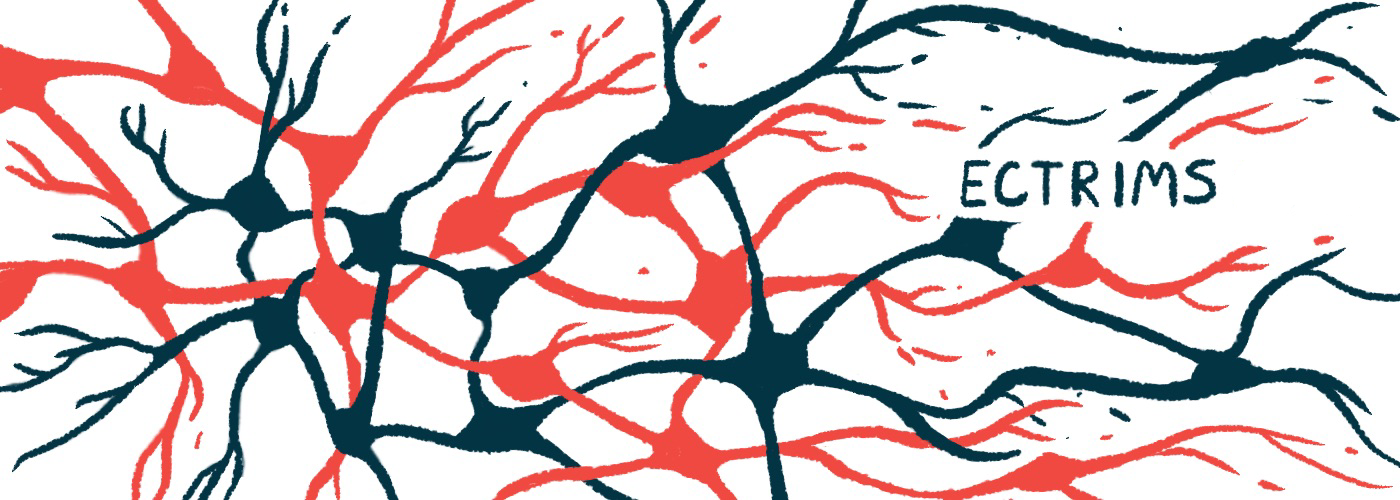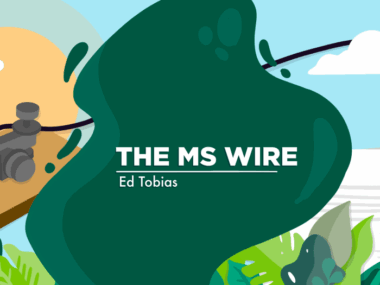#ECTRIMS2022 – Long-term Gilenya Reduces Pediatric Relapses
Findings showcase therapy's safety in children, adolescents; superiority to Avonex
Written by |

Long-term treatment with Gilenya (fingolimod) continues to be safe and lower the rate of relapses in children and adolescents with multiple sclerosis (MS) more than Avonex (interferon beta-1a) does.
That’s according to up to six years of data from the ongoing PARADIGMS Phase 3 trial (NCT01892722), wherein participants were given one of the therapies for two years before all were offered Gilenya up to five additional years.
The findings support Gilenya’s long-term safety and effectiveness, as well as its superiority to Avonex, in the pediatric patient population.
The results were delivered as part of the oral presentation titled, “Long-term efficacy and safety of fingolimod in pediatric multiple sclerosis patients: analysis of PARADIGMS study up to 6 years of treatment,” and presented by Kumaran Deiva, MD, PhD, at the 38th Congress of the European Committee for Treatment and Research in Multiple Sclerosis (ECTRIMS), Oct. 26–28 both virtually and in Amsterdam, the Netherlands. Deiva is a pediatric neurologist at the University Hospitals, Paris-Sud, France.
MS is usually diagnosed in adulthood, but an estimated 5–10% of cases are uncovered before age 16. This form of the neurological disease, commonly called pediatric-onset MS (POMS), is associated with higher relapse rates and progresses faster.
Because POMS is so rare, there have been few formal clinical trials of therapies and only a few disease-modifying therapies (DMTs) are approved for children and adolescents.
Novartis’ Gilenya (with generics available) was the first DMT approved for pediatric MS patients. It’s available in the U.S. for people 10 and older with relapsing forms of MS and in Europe for those with active relapsing-remitting MS. Its regulatory approvals were based on data from the first part of the PARADIGMS trial, which showed it was superior to Biogen’s Avonex, an approved therapy for relapsing MS, at preventing relapses.
The trial enrolled 215 children with relapsing MS, ages 10–17, who were randomly assigned to receive either Gilenya oral capsules once daily (107 patients) or intramuscular injections of Avonex once a week (108 patients) for up to two years. Gilenya was given at a dose of 0.25 or 0.5 mg depending on the child’s weight. The participants’ mean age at the start of the study was 15.3 years and most had entered puberty.
After completing the two-year period, 170 eligible participants (79.5%) chose to enter the study’s extension part wherein all are receiving Gilenya for up to five years. This will amount to up to about seven years of treatment with Gilenya for children originally assigned to the Novartis therapy and five years for those switching from Avonex.
Results from the trial’s core portion showed Gilenya was generally safe and significantly reduced the annualized relapse rate by 82%. It was also associated with fewer brain lesions and slower rate of brain volume loss.
Newly presented findings cover up to six years of data for PARADIGMS’s core and extension parts. As of Aug. 4, 2021, the median Gilenya treatment duration was about 5.6 years for the continuous group and about four years for the group that switched over.
Lower relapse rate, less lesion growth with Gilenya
Results showed patients given Gilenya throughout the trial showed a significantly lower annualized relapse rate than the switch group – 0.11 versus 0.34 relapses per year, a 67% reduction.
For the children originally assigned to Avonex, this rate dropped from 0.61 at the end of the core part to 0.22 after switching to Gilenya in the extension part — reflecting a 64% reduction.
The annualized relapse rate of patients in the continuous Gilenya group “remained low and comparable to the core phase,” Deiva said.
The annualized rate of new or enlarging lesions was also 40% lower among patients always on Gilenya (mean, 2.75 vs. 4.58 lesions per year). Again, the patients who switched from Avonex to Gilenya had a greater drop in the rate of new or enlarging lesions after entering the extension part (42%), compared with the continuous Gilenya group (27%), whose rates were already low.
These findings “demonstrate the persistent efficacy of [Gilenya] treatment,” Deiva said.
Gilenya was generally well tolerated with no new safety concerns seen with longer treatment. Consistent with data from the study’s core part, the most frequently reported side effects were the common cold (43.5%), headache (34.1%), low white blood cell levels (25.3%), and upper respiratory tract infection (21.2%).
Gilenya’s safety profile with long-term treatment was “in line with the core phase and consistent with the known safety profile of [Gilenya and other mechanistically similar therapies] in adult patients,” Deiva said. “These results continue to support the positive benefit-risk profile of [Gilenya] in children with MS.”
In line with most patients in PARADIGMS being in puberty at start, the trial’s protocol was recently changed to recruit up to 30 younger POMS patients directly into its extension portion. Participants must be 12 or under, weigh up to 40 kgs (about 88.2 pounds), or have not yet entered puberty. Enrollment is ongoing at sites in Europe and North and South America.
A Phase 3 trial, called NEOS (NCT04926818), is currently recruiting children with MS, ages 10–17, to test Gilenya against Ocrevus (ocrelizumab) and Mayzent (siponimod), two therapies approved for adults.
Note: The Multiple Sclerosis News Today team is providing in-depth coverage of the ECTRIMS Forum 2022 Oct. 26-28. Go here to see the latest stories from the conference.







